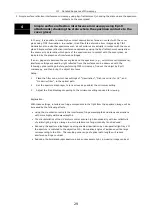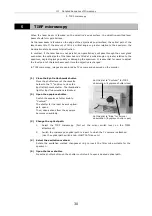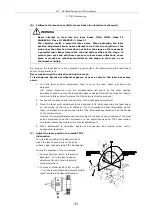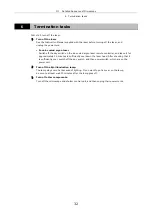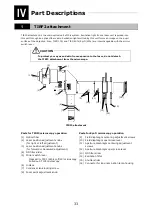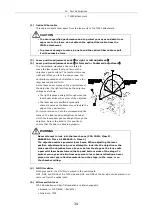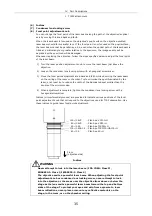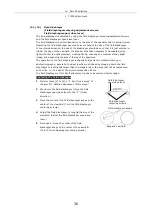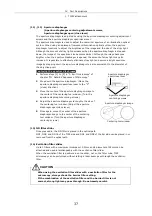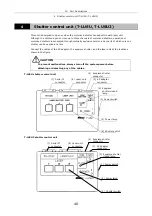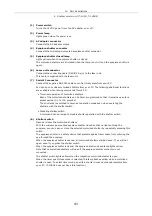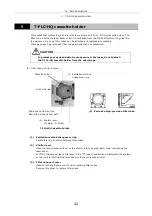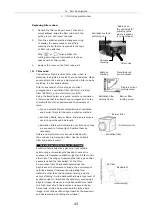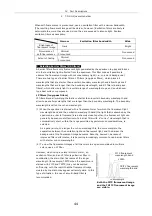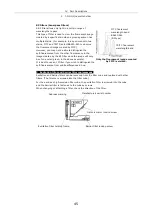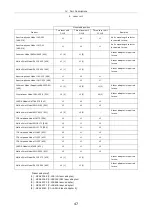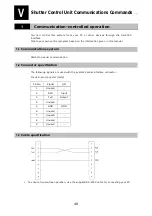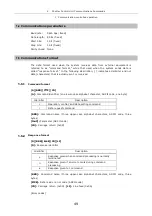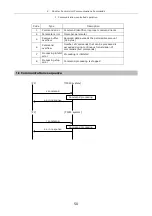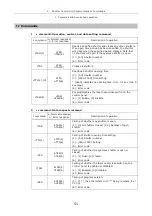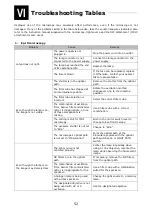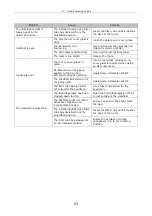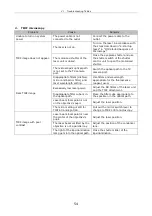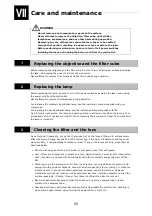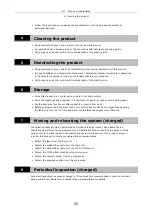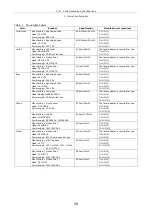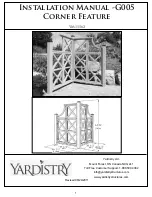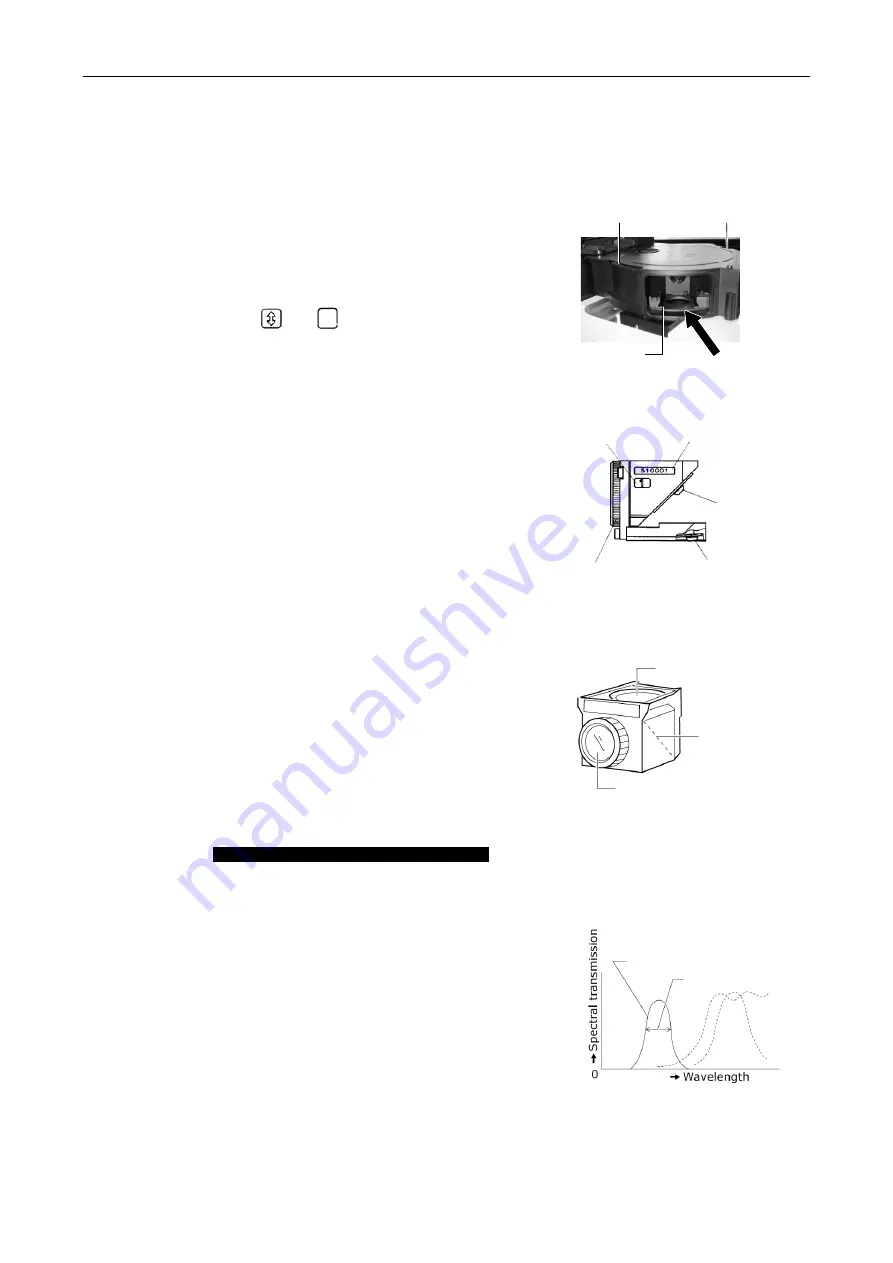
IV
Part Descriptions
5 T-FLC-HQ cassette holder
43
Replacing filter cubes:
1.
Detach the filter cube port cover, check the
turret address, align the filter cube with the
guide groove, and insert the cube.
2.
Turn the excitation method changeover ring
to display the same number and affix a
marking sticker that corresponds to the type
of filter cube attached.
Affix " " or " " (blank sticker for
writing down desired information) to those
spaces with no filter cubes.
3.
Replace the cover on the filter cube port.
(4) Filter
cube
The exclusive high-precision filter cube, which is
attached, is adjusted to match the turret address. Make
sure to attach the exclusive high-precision filter cube by
matching the inscribed address.
Filter cubes consist of three types of optical
components: an excitation filter (EX filter), a barrier
filter (BA filter), and a dichroic mirror (DM).
Using the items below as a guide, select a combination
of filter cube that is suited to your purposes and to the
characteristics of the specimen and the fluorescent
stain.
•
You can select different combinations of excitation
and barrier filters for the same excitation method.
•
Excitation filters, barrier filters, and dichroic mirrors
can all be purchased individually.
•
Excitation filters will deteriorate over time since they
are exposed to intense light. Replace them as
necessary.
Filters and dichroic mirrors are not included with
the exclusive high-precision filter. Use the suitable
filter and dichroic mirror.
1 Selecting excitation filters (EX filters)
Excitation filters selectively pass the light within a
certain range of wavelengths needed to cause the
specimen to fluoresce (excitation light) and filter out all
other light. The range of wavelengths that a given filter
passes is called the “bandwidth” of the filter.
An excitation filter’s bandwidth determines the
brightness of the fluorescent image, the occurrence of
self-fluorescence (fluorescence originating from
materials other than the fluorescent stain), and the
extent of fading. A wide bandwidth allows a high level of
excitation light to illuminate the specimen, producing a
brighter image. However, a wide bandwidth also leads
to a high level of self-fluorescence and severe fading.
Conversely, while a narrow bandwidth yields a dark
image, since little excitation light reaches the specimen,
self-fluorescence and fading are minimal.
Excitation method
switching ring
"Address on
the optical path"
marking (area
where a sticker
is to be affixed)
Address
marking
Filter cube
Manufacture’s
serial number
Address
marking
Dichroic mirror
locking screw
Excitation filter
holding frame
Barrier filter
locking screw
Barrier filter
Dichroic mirror
Excitation filter
EX filter
Bandwidth
Содержание TIRF2
Страница 1: ...TIRF2 SYSTEM FOR TE2000 INSTRUCTIONS M339E 04 12 NF 2 ...
Страница 2: ......

